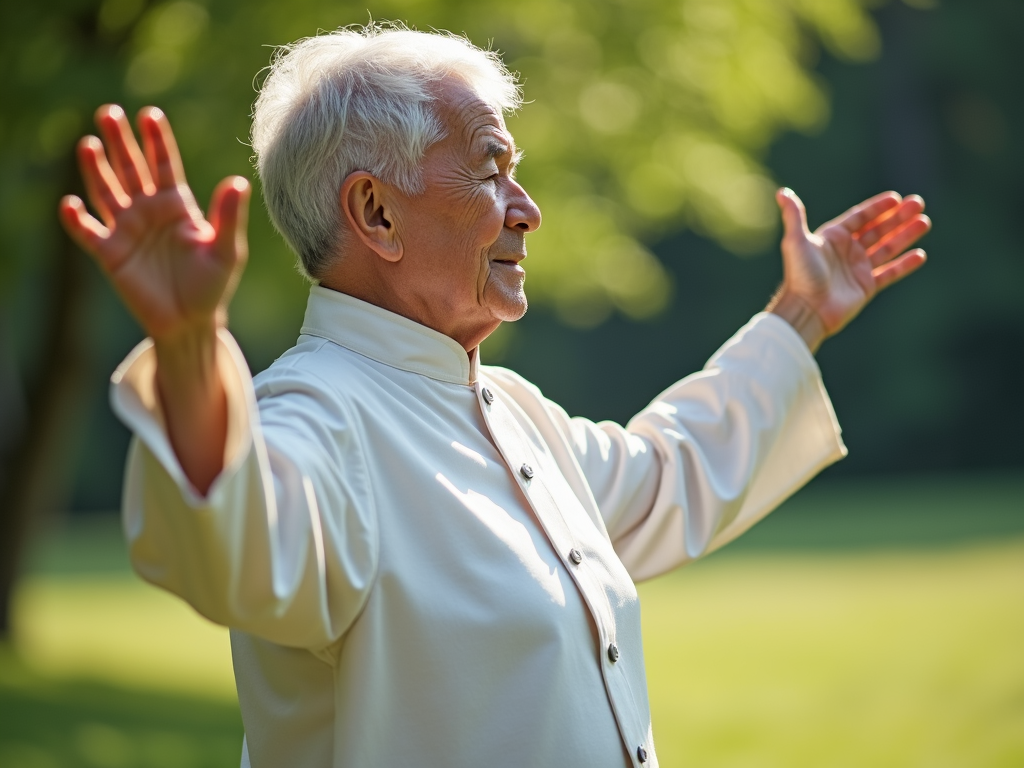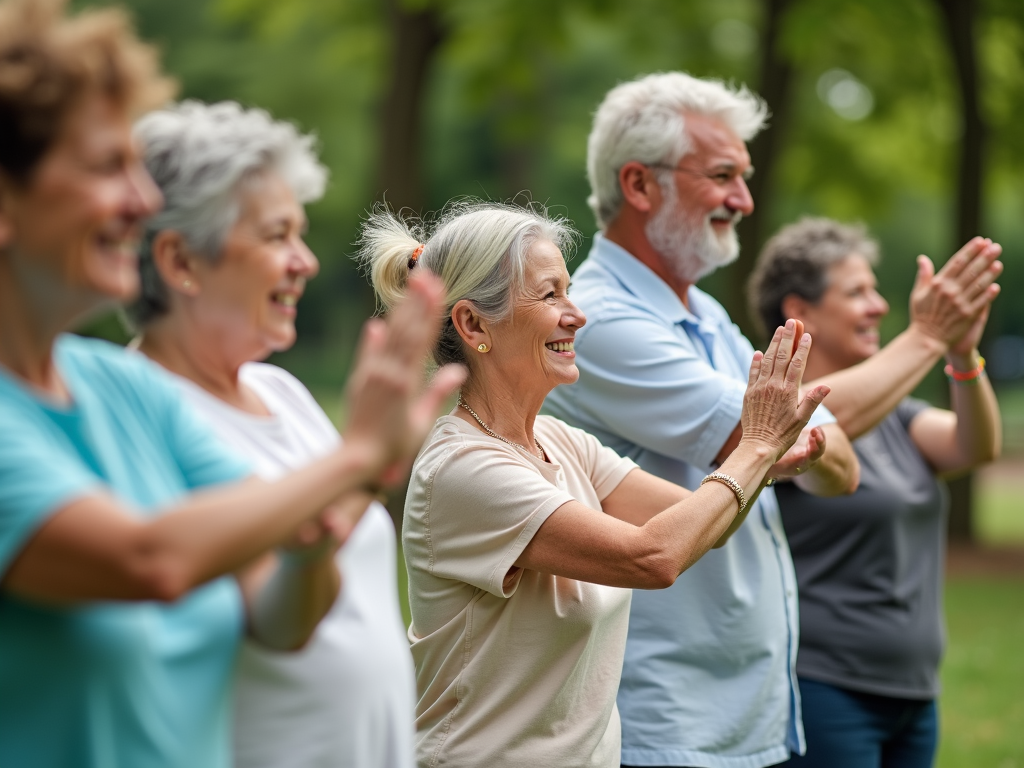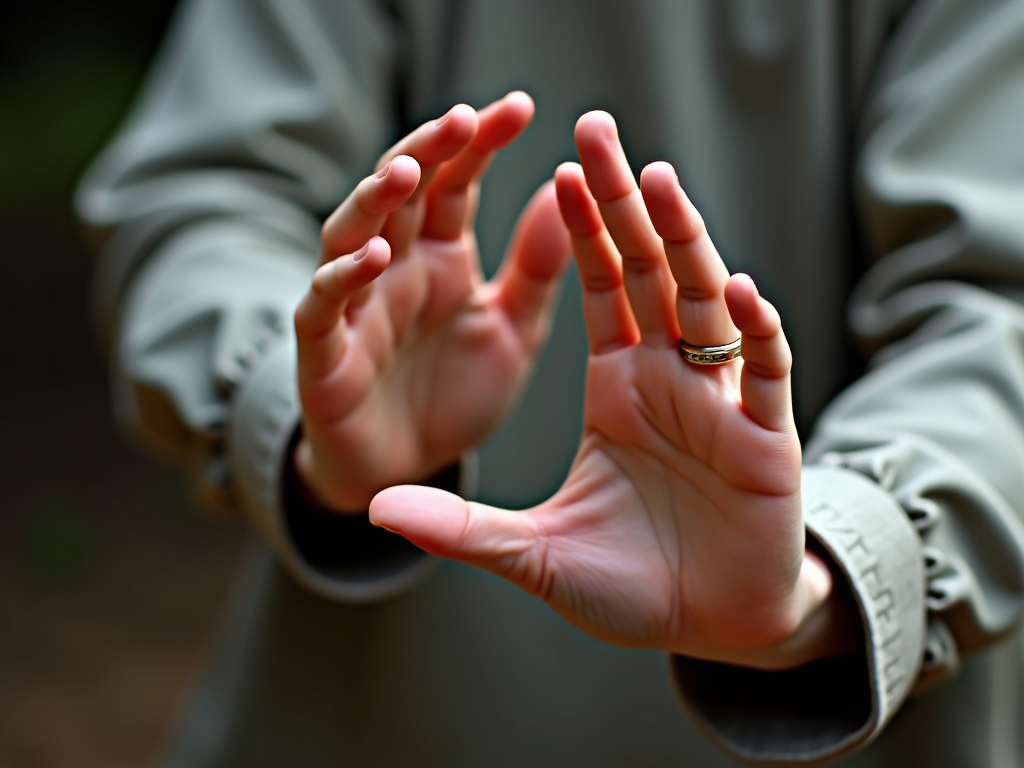Tai Chi is an ancient Chinese martial art that has gained popularity worldwide for its health benefits. It's particularly beneficial for seniors due to its low-impact nature and focus on balance and flexibility. But Tai Chi isn't just for individuals; it can be a wonderful family activity that promotes wellness for all ages. In this article, we'll explore how Tai Chi can enhance physical and mental health for seniors and how it can bring families closer together.

One of the primary reasons Tai Chi is recommended for seniors is its physical benefits. The slow, deliberate movements help improve balance, flexibility, and strength—key factors in preventing falls and maintaining independence. Research has shown that regular Tai Chi practice can reduce the risk of falls by up to 45%. Additionally, it can alleviate arthritis pain, improve cardiovascular health, and enhance overall physical function.
Here are some Tai Chi exercises particularly suitable for seniors: - Waving Hands in the Clouds - Golden Rooster Stands on One Leg - Brush Knee and Push - Parting the Wild Horse's Mane
These exercises can be modified to accommodate different fitness levels, making Tai Chi accessible to nearly everyone.
Beyond the physical advantages, Tai Chi offers significant mental health benefits. Often referred to as "meditation in motion," Tai Chi combines physical movement with mental focus, helping to reduce stress, anxiety, and depression. For seniors, it can also improve cognitive function and memory. The practice encourages mindfulness, which can lead to a greater sense of peace and well-being.
I recall my grandmother, who began practicing Tai Chi after retiring. She found that it not only helped with her arthritis but also brought her a sense of calm and clarity she hadn't experienced in years. It became a cherished daily ritual, and she even taught some movements to her grandchildren, creating a special bond through the shared activity.

Tai Chi's accessibility makes it an ideal activity for families. Suitable for all ages, it allows grandparents to share their knowledge and cultural heritage with younger generations. Practicing together can strengthen family bonds, create lasting memories, and encourage healthy habits for everyone involved.
Consider the benefits across age groups:
| Age Group | Benefits |
|---|---|
| Seniors | Improved balance, reduced fall risk, pain management, cognitive function |
| Adults | Stress reduction, improved flexibility, cardiovascular health |
| Children | Better focus, coordination, introduction to mindfulness |
By engaging in Tai Chi as a family, you're not just exercising together; you're fostering a shared commitment to wellness.
Getting started with Tai Chi is straightforward, but it's important to approach it correctly, especially for seniors. Finding a qualified instructor is crucial, as they can tailor the practice to individual needs and ensure proper form. Many community centers, senior centers, and even some healthcare facilities offer Tai Chi classes. For those who prefer to learn at home, there are numerous online resources and videos, though in-person instruction is recommended for beginners.
It's also worth noting that Tai Chi can be adapted for various abilities. For example, those with mobility issues can practice seated Tai Chi, still reaping many of the benefits.

In summary, Tai Chi is a powerful tool for enhancing wellness in seniors and their families. Its physical and mental benefits make it an ideal practice for older adults, while its accessibility and cultural richness make it a wonderful activity for families to share. By incorporating Tai Chi into your routine, you can improve your health, reduce stress, and create meaningful connections with your loved ones.
Discuss Here